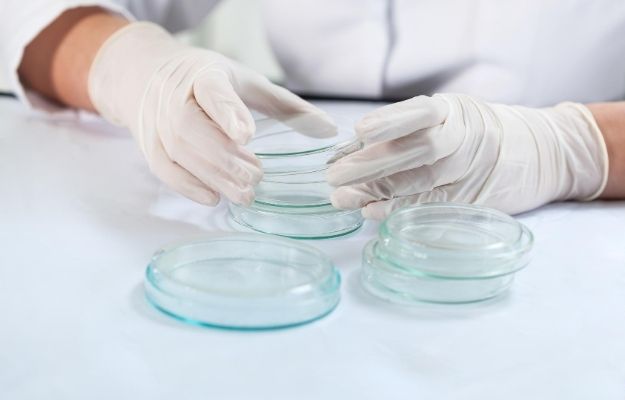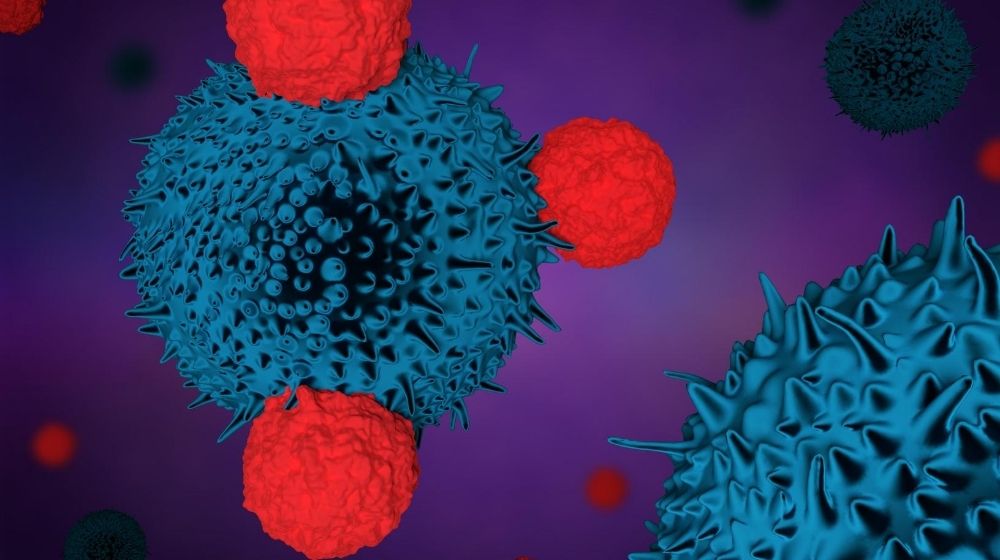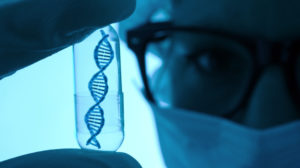Scientists are learning more about senescent cells and their role in Aging. Read on to learn all about it.
RELATED: New Natural Anti-Aging Peptide Discovered by AI
In the Article:
- What Are Senescent Cells?
- What Causes Cellular Senescence?
- Are Senescent Cells Healthy?
- How Do Senescent Cells Contribute to Aging?
- Can We Get Rid of Senescent Cells Naturally?
- What Else Can We Do About Senescent Cells?
Everything You Need to Know About Senescent Cells
What Are Senescent Cells?

Researchers Leonard Hayflick and Paul Moorhead discovered senescent cells in the 1960s. As they were experimenting on human fetal fibroblasts, they discovered the Hayflick limit.
What is the Hayflick limit? This refers to the number of times a human cell will divide until it becomes a senescent cell.
Senescent cells are cells that are in an irreversible state of senescence. In this state, cells don’t enter into cell division anymore.
On top of that, they also do not enter into programmed cell death. So even if these cells aren’t proliferating anymore, they remain in the body. That’s why scientists often refer to it as a stable state of cellular arrest.
What Causes Cellular Senescence?
Studies show that four main factors drive cellular senescence:
- Telomere damage – Telomeres the structures found at the ends of chromosomes. This leads to an end-replication problem. Continuous cell division in tissues without telomerase can lead to DNA erosion and senescence.
- Metabolic dysfunction – certain metabolic pathways are linked to senescence regulation. When metabolic dysfunction inhibits autophagy, it can induce cellular senescence. It can also contribute to oncogene activation, telomere attrition, and DNA damage.
- DNA damage – Usually, tissues enter into the DNA repair process if there’s damage. But tissue can respond to DNA damage by entering into senescence.
- Epigenetic factors – Certain changes in chromatin organization and gene expression can promote cellular senescence.
Researchers are learning that senescence has both adaptive and maladaptive functions.
RELATED: Managing Your Cellular Health: What Does It Mean?
Are Senescent Cells Healthy?
Senescence contributes to normal physiological development and tissue homeostasis. It helps make sure that damaged, dysfunctional, aged, or transformed cells don’t proliferate to cause more harm to the genome.
This irreversible cell-arrest mechanism also has cancer-protective properties because it contributes to tumor suppressor networks. Cellular senescence can prevent cancer cells from dividing and proliferating. Over time though, accumulation of senescent cells can also contribute to Aging and dysfunction.
How Do Senescent Cells Contribute to Aging?

Cellular senescence is also an antagonistic hallmark of Aging. This means that it contributes to Aging because it can influence how cells respond to damage.
Over time, senescent cells can contribute to:
- Proteostatic dysfunction – This can lead to a protein homeostasis decline. Over time, this can impact the stability and functionality of cells.
- Nutrient signaling dysfunction – this refers to pathways that regulate nutrient usage. Nutrient signaling plays an essential role in metabolism and cellular proliferation.
- Stem cell exhaustion – this refers to deficiencies in stem cells. This can include a decline in their functional ability and regenerative powers. Stem cells help maintain optimal functioning because it can turn into any kind of cell in the body.
- Chronic inflammation – senescent cells can secrete factors that can contribute to inflammation. Over time, chronic inflammation contributes to a variety of age-related diseases.
These contribute to the aging process and the onset of age-related diseases. On top of that, studies show that senescence markers accumulate in certain tissues as you age.
It’s important to note that cellular senescence and Aging are not the same, but they are interrelated. Many scientists view senescence as a stress response triggered by other aging hallmarks, like telomere attrition and genome instability. So cellular senescence isn’t just a hallmark of Aging, but many of its triggers are Aging’s hallmarks.
Can We Get Rid of Senescent Cells Naturally?
Preliminary evidence from animal and human studies show the promising effects of removing senescent cells. Animal studies show that eliminating specific senescent cells in mice extends their healthspan and delays age-associated tissue dysfunctions.
In these studies, senescent cells were usually removed through genetic or pharmacological interventions. For example, researchers tested the effects of metformin on senescent cells. This drug helps control diabetes, but studies show that it delays senescence in rats.
There are also natural compounds that may have protective properties against cellular senescence—such as fisetin. Fisetin is a natural flavonoid polyphenol found in a variety of fruits and vegetables. Studies show that it reduces markers of inflammation, oxidative stress, and senescent cells in mice.
Keep in mind, though, these pharmaceutical and natural compounds are still in the experimental phase. It’s important to talk to your doctor before you start any new treatment.
What Else Can We Do About Senescent Cells?
While scientists are still figuring out how we can get rid of senescent cells, you can focus on the factors that trigger it. Epigenetic factors can contribute to cellular senescence, and there are tests you can take to learn more about the state of your epigenome.
A biological age test can give you a clearer picture of your healthspan and lifespan. It captures DNA methylation changes, which are linked to immunosenescence, telomere length, and a variety of diseases and disorders.
Doctors use the information from a biological age test and personal health history to determine the appropriate intervention for each individual. They tailor the treatment plan to your unique history and health status to reduce health risks and slow down the aging process.
Aging is a complex process. Understanding the role of senescent cells in Aging may help scientists develop more effective anti-aging interventions.
In the meantime, there are things you can do to understand your healthspan. If you’re interested in learning more about your epigenome, visit the TruDiagnostic website.
What are your aging concerns? Share them with us in the comments section below.
Up Next:





